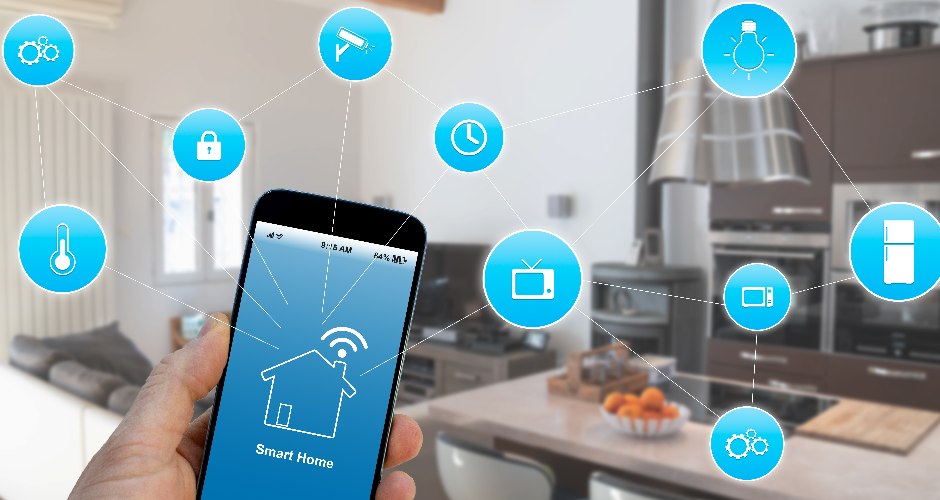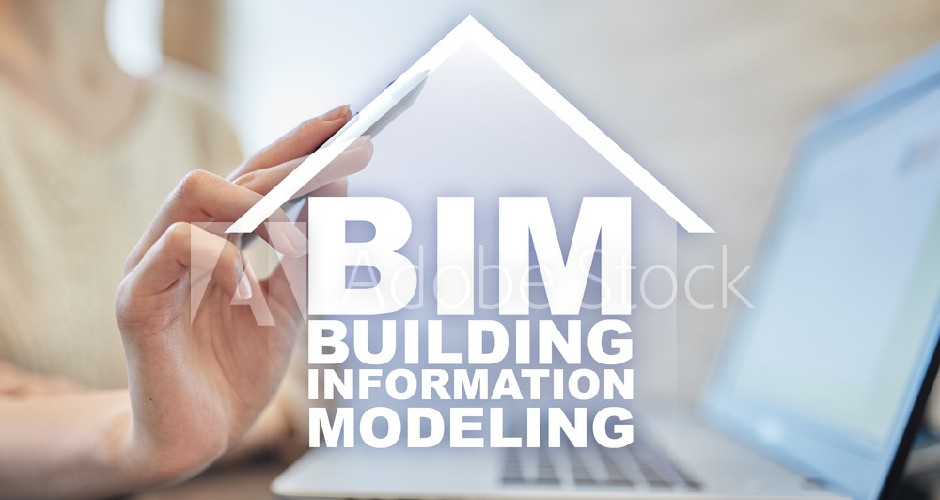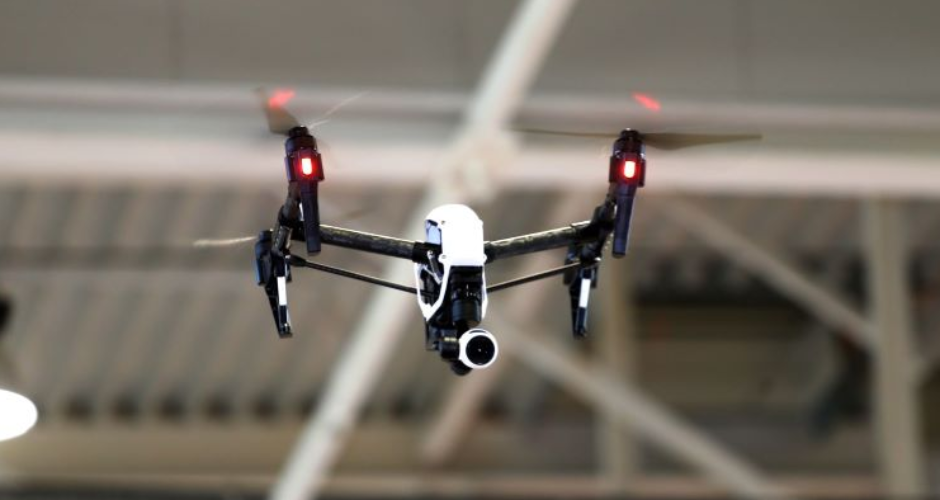The 5 innovations that mark the evolution of the architecture sector

Technological progress has changed the scene of the large majority of professional sectors, and architecture is one which has modernized the most thanks to the revolution 4.0, on a work methodology level as well as applications, materials and devices.
And what are the advances that allow architectural projects to be carried out quicker, easier and more efficiently? We describe them below:
3D Printing
3D printing has been a great benefit for architecture in terms of saving time and money in the design phase of projects. 3D printing combines the precision of renderings with the tangibility of models. Thanks to this technique, you can recreate shapes and details of buildings such as internal cavities or specific angles that would be impossible with wood models or renderings.
Also, the use of 3D printing reduces delivery times and eliminates possible distortions of original projects.
Drones
Even though the use of drones is something that is becoming more and more common, these gadgets have not been put to work for architectural tasks until recently. Their principal applications in the field are for taking aerial pictures for the supervision of the evolution of constructions, modification of structures built with state-of-the-art architectural elements or the recreation of the land with 3D computer graphics.
Robotic architecture
Robotics is one of the technological developments that is best established within the architecture sector and, more specifically, in construction. The use of robotics is not new in the mechanization of the most dangerous or difficult jobs in order to speed them up, reduce risks and optimize timing. However, this discipline is being perfected quite quickly, so that in a short period of time, a qualitative solution will be given and tasks with greater architectural responsibility can be done with the use of robotics.
BIM Methodology
BIM methodology means an authentic revolution in all sectors related to the construction of buildings, from engineering to architecture. BIM allows the creation of digital simulations with all the information involved in a project from the plans to the materials used. This way, immersive projects can be created in which you can tour interiors before construction and therefore, detect and correct possible errors in planning.
Sustainable architecture
Sustainability in buildings is a general complaint coming from the majority of society, hence great efforts have been made in this area. Also, Strategy Europe requires new buildings to have almost a non-existent energy consumption by 2020. In this respect, bioclimatic design tools have recently been created that pursue maximum comfort with minimum energy use.



